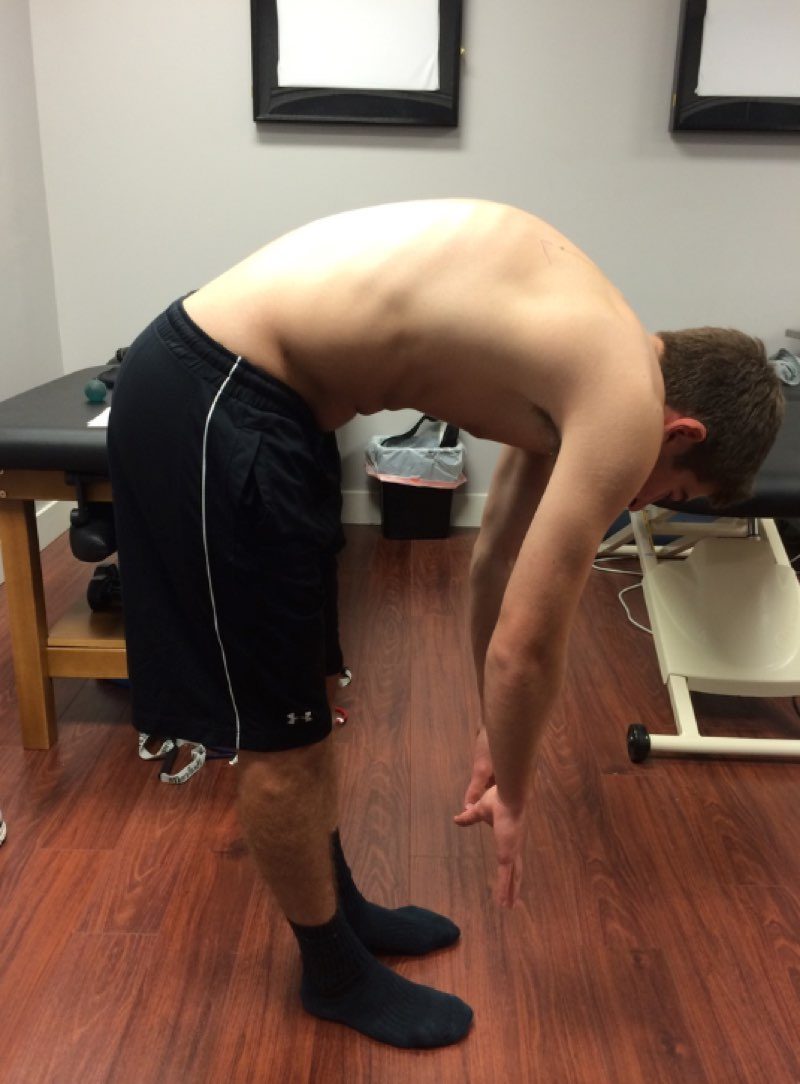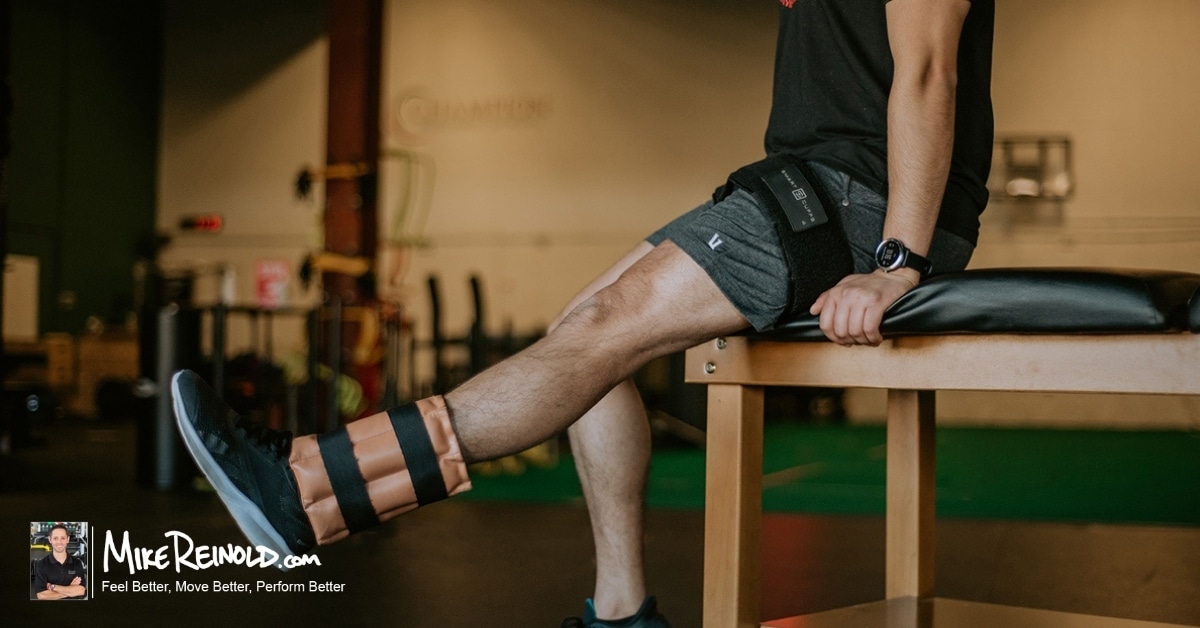Any half way decent strength and conditioning program must be individualized to the unique needs and goals of the trainee. Developing programs that specifically address our clients’ “goals” is fairly straightforward, however, mastering how to design programs that also consider their “needs” can really take you to the next level as a personal trainer or strength coach.
When designing training programs, we often begin individualizing based on age. That’s a great place to start, but there are many limitations with just using age. I want to review how we design programs using “age” by starting with a review of chronological, biological, and training age.
More importantly, I wanted to introduce a new “age” we use at Champion called “movement age.” This may be the most important, yet most neglected as well.
Chronological and Biological Age

Chronological age is a good place to start, obviously, but their biological age is far more important. The anatomical maturity of a 14 year old is quite different from an 18 year old and does become a variable that must be adjusted for within your program design.
Line up 6 kids that are aged 14 and you’ll see the difference. One looks like he is 10 years old, another looks 18, and the rest all fall somewhere in between. According to the data accumulated at Wikipedia, girls will go through puberty between the ages of 10 and 16, while boys tend to go through puberty between the ages of 11 and 17. That’s a 6 year range!
Our focus with those with a low chronological age is different that the older high school athletes. While strength and power tend to become more of the focus in the older trainee, we focus on what we call the ABC’s of movement with our younger trainees, focusing on Agility, Balance, and Coordination. Strength training is included but the results are obviously going to be limited by the hormonal and skeletal maturation differences.
But, I urge you to not downplay this stage of athletic development. Developing the basics of movement skills is important and unfortunately this generation of children are not getting the same development as past generations. In fact, our younger athletes at Champion see some of the biggest changes in athleticism. These programs are impactful.
Here are my 2 and 6 year olds working on their athleticism!
So it’s apparent that chronological age has limited usefulness and biological age is a much better place to start. However, chronological age does not take into consideration the experience of the trainee.
Training Age
As chronological age becomes less relevant with older trainees, the next variable to consider is their experience in training. Image the difference in two individuals:
- Trainee 1 – 28 year old – Wants to lose 10 pounds – Did not participate in athletics growing up, has never participated in a strength and conditioning program, currently has desk job.
- Trainee 2 – 28 year old – Wants to lose 10 pounds – Was athletic growing up playing multiple sports in high school, and club sports for fun in college, trained at a sports performance center through high school, hasn’t trained consistently in 10 years.
- Trainee 3 – 28 year old – Wants to lose 10 pounds – Was athletic growing up playing multiple sports in high school, and club sports for fun in college, trained at a sports performance center through high school, consistently trained through college and has continued since college.
We have people that are 28 years old and want to lose 10 pounds. Same age, same goal. Do they all start with the same program? Of course not.
Training age takes into consideration the experience of the trainee. Have they strength trained before? Do they know how to perform the lifts with proper form? Do they know how to exert force with intent (more on this in a future post…)?
Remember the success of your programs are based around how the body adapts to the stress applied. You can pretty much do anything to Trainee 1 to stimulation enough stress to make a change, which is good because they have a lot to learn! On the other end of the spectrum, Trainee 3 has a great understanding of how to train and has been exposing his body to different stresses for years. To make progress in this trainee, you’ll likely need a more complicated periodization scheme to create a different stimulus for their body.
I have discussed these concepts in the past in my article Does Periodization of a Program Help Improve Strength and in more detail in an Inner Circle Webinar on Periodization for Strength Training and Rehabilitation.
There is one HUGE flaw with training age. Just because you have been training for several years does not mean you understand how to train, or even that you know proper technique!
Don’t assume that since someone has been training consistently for years that they have been training correctly!
This is a common finding in people that have dabbled in strength training in the past and are starting a formal program or starting to work with a personal trainer or strength coach for the first time.
Movement Age

We don’t even have to make this too complicated – can they hinge, squat, lunge, step, rotate, push, and pull?
We simply define the ability to “move” as using proper form through the movement’s full range of motion. This then becomes a scale:
- Can they move with assistance?
- Can they move without assistance?
- Can they move without assistance with load?
- Can they move without assistance with load and speed?
When it comes to program design, “movement age” trumps training age every time. [Click here to tweet this]
It’s amazing how our movement skills have deteriorated. How many of your high school athletes can touch their toes? Isn’t it amazing?!?
In order to advance from beginner, to intermediate, to advanced trainee in our Champion program design system, you need to demonstrate maturation of your chronological, biological, training, and movement age.
On the Performance Therapy side of Champion, we work with a lot of athletes that want to optimize themselves and get the most out of their bodies. It’s amazing how many of the “advanced” athletes we see have poor movement skills. They don’t hinge well, or squat well past neutral, or can’t even balance themselves in a half kneeling position!
This can lead to imbalances, asymmetries, and compensation patterns that can suck performance, lead to tissue overuse, and eventually breakdown. This is especially true if you try to just blast through your poor movement skills and add load and speed to your lifts.
Sometimes we don’t need an advanced and complicated strength training periodization scheme, sometimes we just need to clean up movement patterns. Consider this taking one step back to take 5 huge steps forward. Movement age may be the most important variable to consider when designing strength and conditioning programs.




